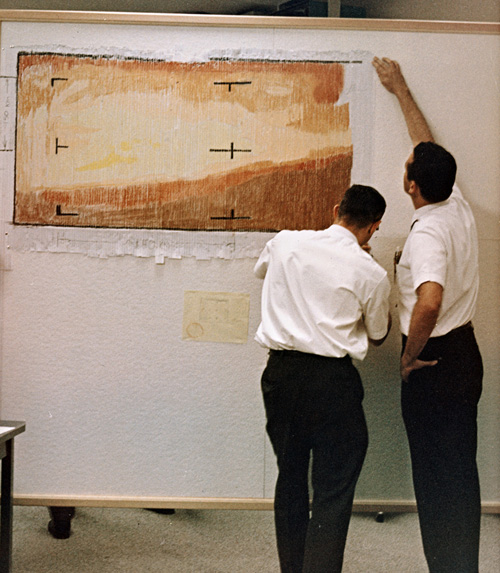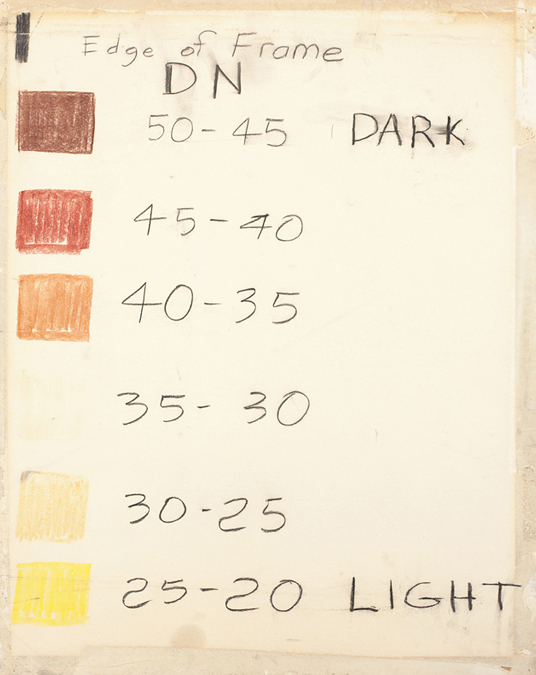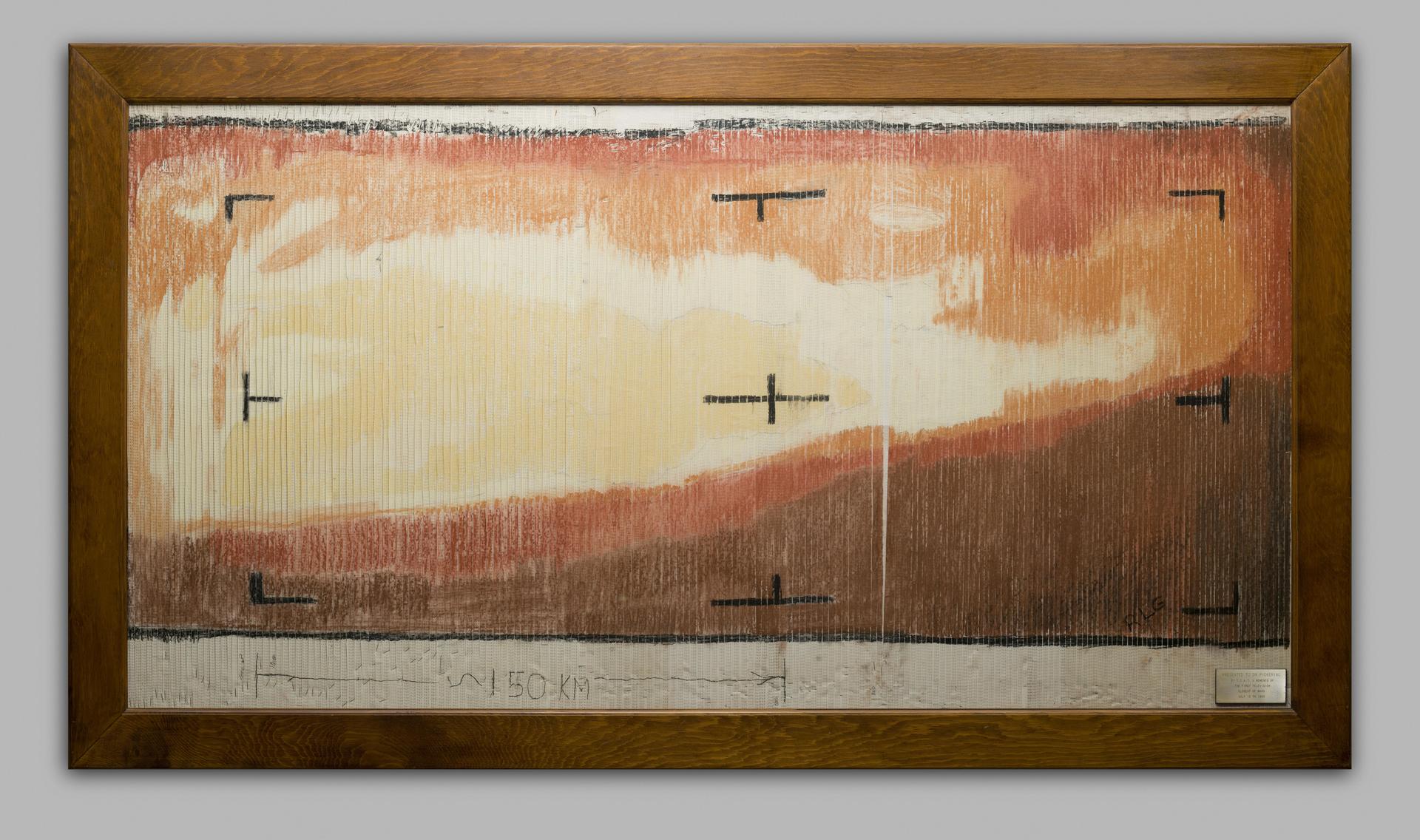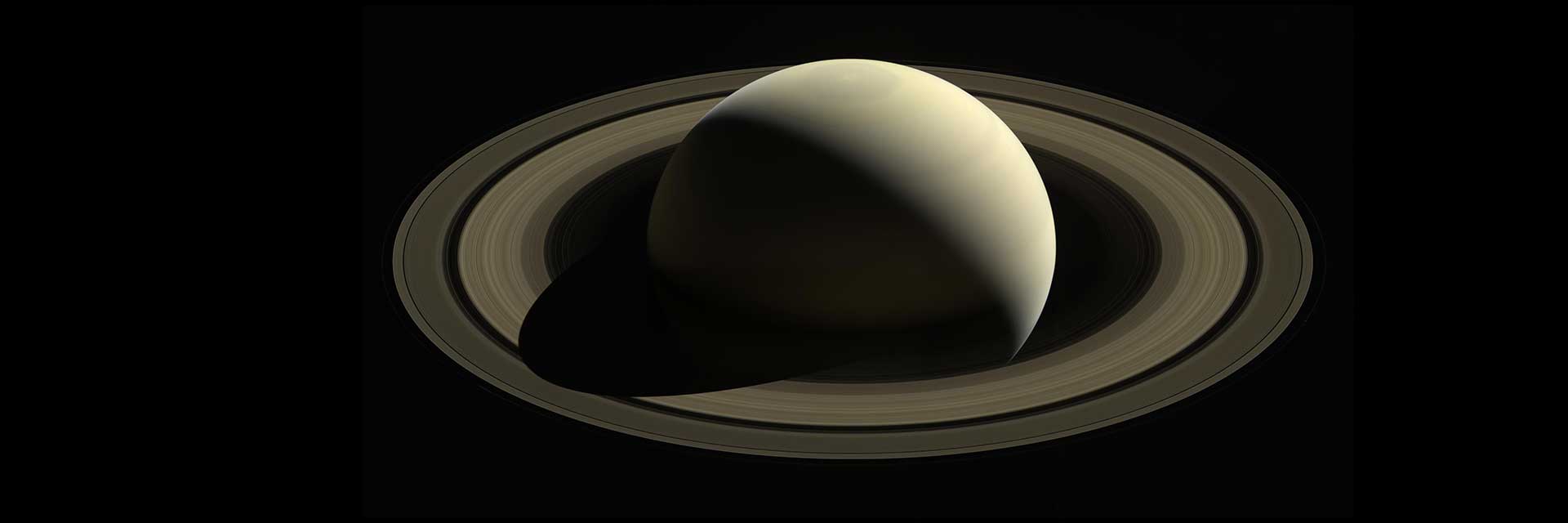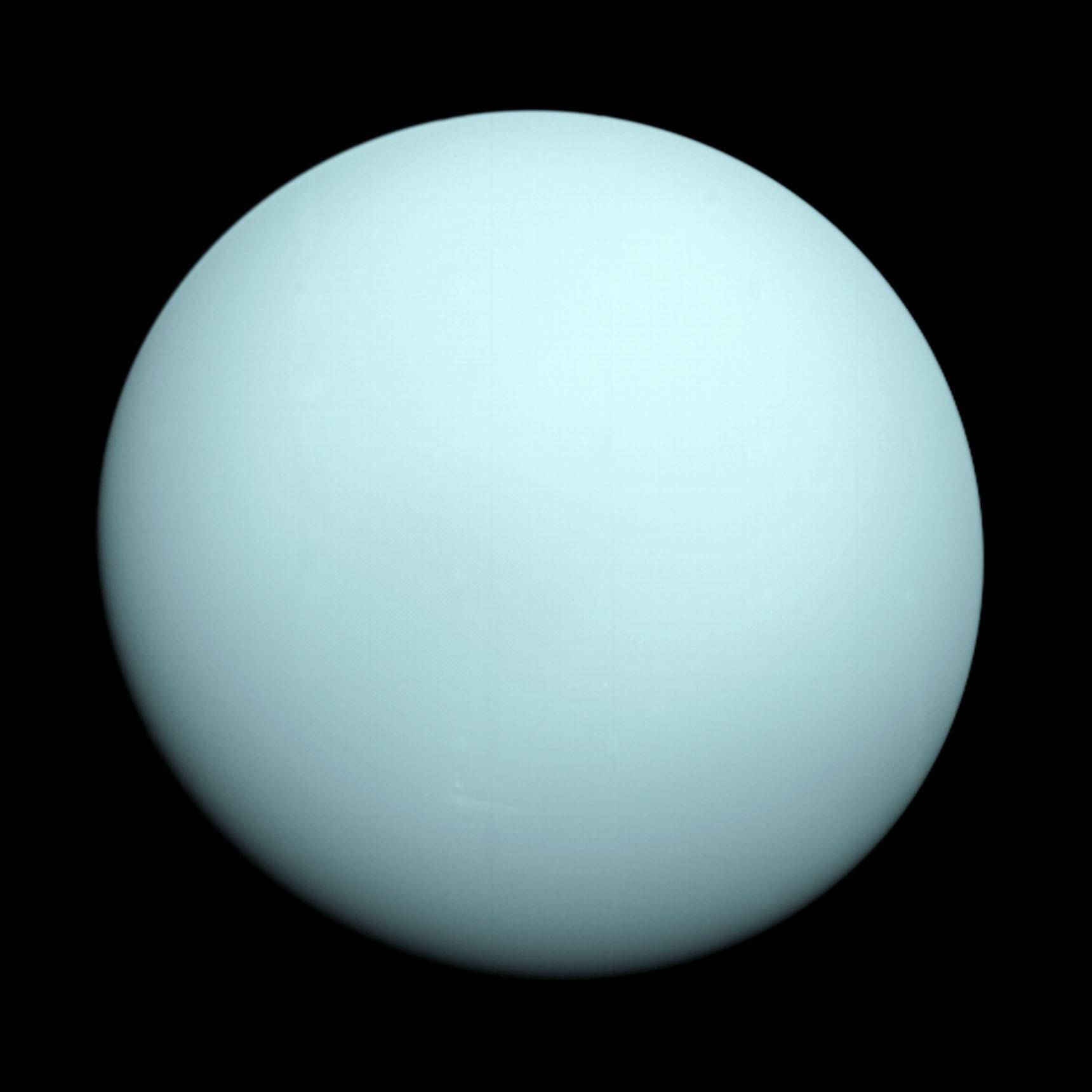Mars Exploration
Mariner to Mars
Between 1962 and 1973, NASA's Jet Propulsion Laboratory designed and built 10 spacecraft named Mariner to explore the inner solar system -- visiting the planets Venus, Mars. and Mercury for the first time, and returning to Venus and Mars for additional close observations. The Mariners were all relatively small robotic explorers, each launched on an Atlas rocket with either an Agena or Centaur upper-stage booster, and weighing less than half a ton (without onboard rocket propellant).
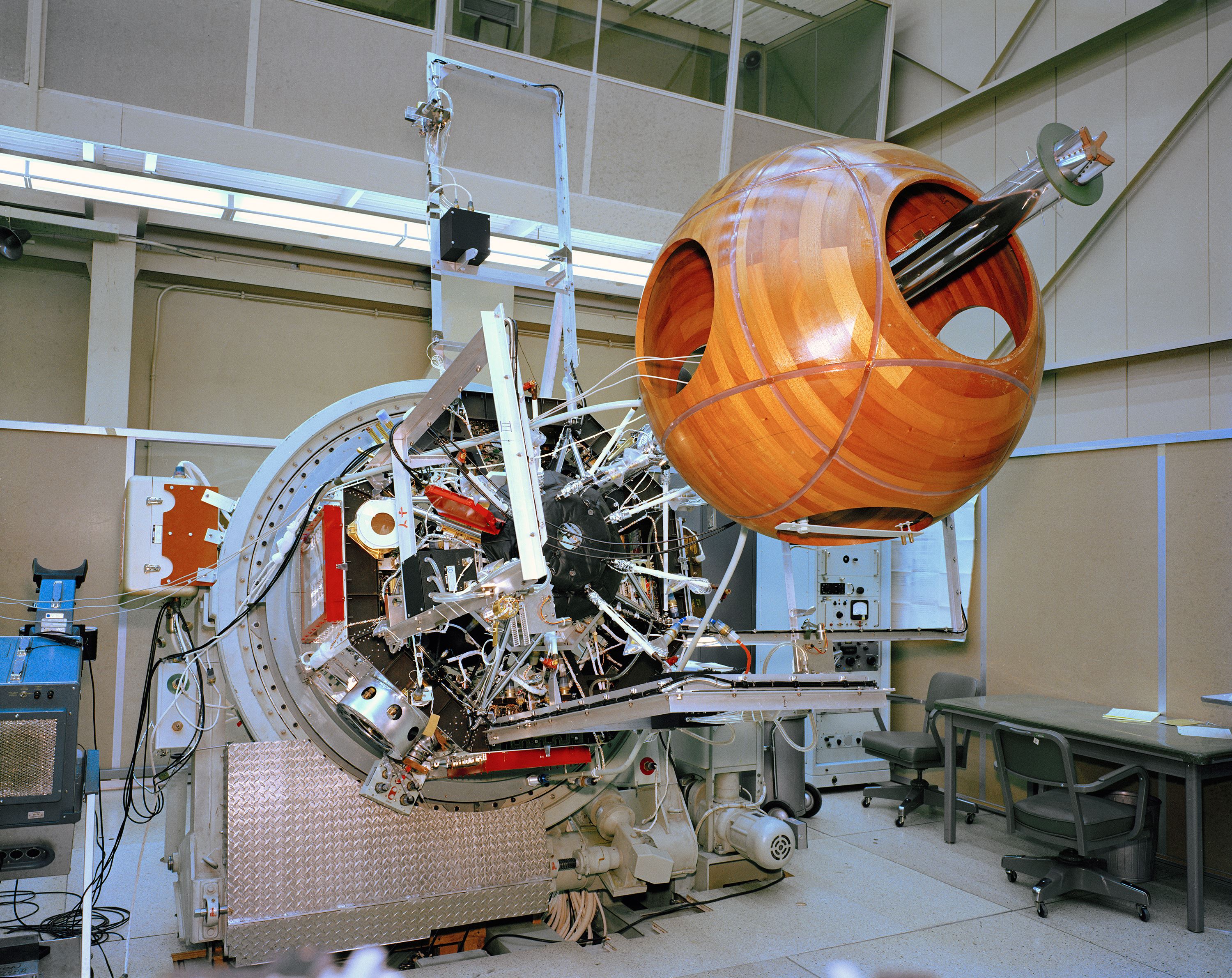
Mariner 3 & 4
Mariner 3 and 4 were identical spacecraft designed to carry out the first flybys of Mars. Mariner 3 was launched on Nov. 5, 1964, but the shroud encasing the spacecraft atop its rocket failed to open properly, and Mariner 3 did not get to Mars. Three weeks later, on Nov. 28, 1964, Mariner 4 was launched successfully on an eight-month voyage to the Red Planet.
The spacecraft flew past Mars on July 14, 1965, collecting the first close-up photographs of another planet. The pictures, played back from a small tape recorder over a long period, showed lunar-type impact craters (just beginning to be photographed at close range from the Moon), some of them touched with frost in the chilly Martian evening. The Mariner 4 spacecraft was not expected to survive much longer than the eight months to its Mars flyby encounter, but actually lasted about three years in solar orbit, continuing long-term studies of the solar wind environment and making coordinated measurements with Mariner 5, a sister ship launched to Venus in 1967.
Quick Facts
Spacecraft | Mariner 3 and 4 |
Launch Vehicle | Atlas LV-3 Agena-D |
Launch Location | Cape Canaveral Air Force Station, Florida |
Spacecraft Mass | 575 pounds (260.8 kilograms) |
Spacecraft Power | Solar |
Scientific Instruments | 1. Imaging System 2. Cosmic Dust Detector 3. Cosmic Ray Telescope 4. Ionization Chamber 5. Helium Magnetometer 6. Trapped Radiation Detector 7. Solar Plasma Probe |
Key Dates
Mariner 3
- Launch Date: Nov. 5, 1964 UTC
- End of Mission: Lost during launch
Mariner 4
- Launch: Nov. 28, 1964 UTC
- Closest Approach: July 15, 1965 UTC
- End of Mission: Dec. 21, 1967
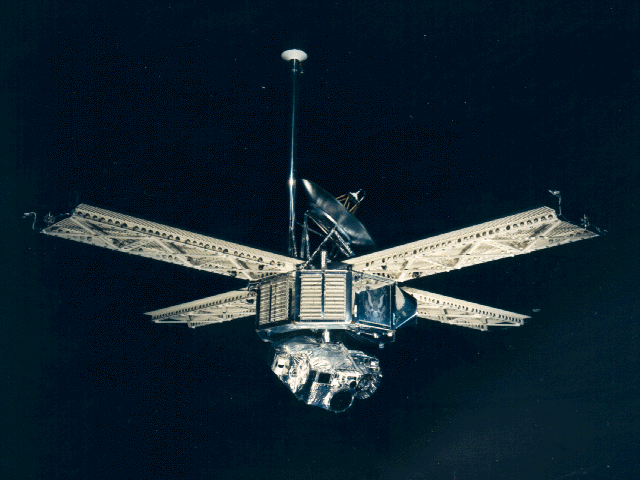
Mariner 6 & 7
Mariner 6 and 7 were the second pair of Mars missions in NASA's Mariner series of solar system exploration in the 1960s and early 1970s. As with the other Mariners, each launched on an Atlas rocket with either an Agena or Centaur upper-stage booster and weighed less than half a ton (without onboard rocket propellant).
In 1969, Mariner 6 and Mariner 7 completed the first dual mission to Mars, flying by over the equator and south polar regions and analyzing the Martian atmosphere and surface with remote sensors, as well as recording and relaying hundreds of pictures. By chance, both flew over cratered regions and missed both the giant northern volcanoes and the equatorial grand canyon that was discovered later. Their approach pictures did, however, show that the dark features on the surface long seen from Earth were not canals, as once interpreted in the 1800s.
Spacecraft | Mariner 6 and 7 |
Spacecraft Mass | 840 pounds (381 kilograms) |
Spacecraft Power | Solar |
Launch Vehicle | Atlas Centaur |
Launch Site | Cape Canaveral, Florida |
Scientific Instruments | 1. Imaging System (Two TV cameras) 2. Infrared Spectrometer 3. Ultraviolet Spectrometer 4. Infrared Radiometer 5. Celestial Mechanics Experiment 6. S-Band Occultation Experiment 7. Conical Radiometer |
Key Dates
Mariner 6
- Launch: Feb. 24, 1969 UTC
- Closest Approach: July 31, 1969 UTC
Mariner 7
- Launch: March 27, 1969 UTC
- Closest Approach: Aug. 5, 1969 UTC
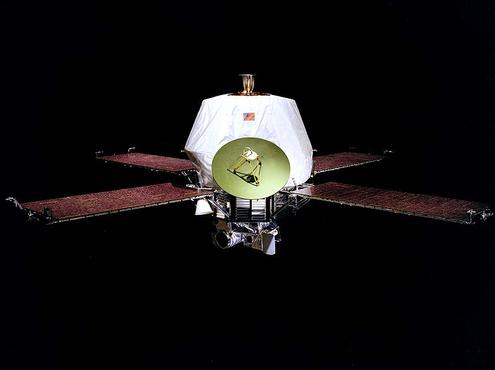
Mariner 8 & 9
Mariner 8 and 9 were the third and final pair of Mars missions in NASA's Mariner series of the 1960s and early 1970s. Both were designed to be the first Mars orbiters, marking a transition in our exploration of the Red Planet from flying by the planet to spending time in orbit around it.
Unfortunately, Mariner 8 failed during launch on May 8, 1971. Mariner 9 was launched successfully on May 30, 1971, and became the first artificial satellite of Mars when it arrived and went into orbit, where it functioned in Martian orbit for nearly a year. Mariner 9 completed its final transmission Oct. 27, 1972.
Upon arrival, Mariner 9 observed that a great dust storm was obscuring the whole globe of the planet. Ground controllers sent commands to the spacecraft to wait until the storm had abated, the dust had settled, and the surface was clearly visible before compiling its global mosaic of high-quality images of the Martian surface. The storm persisted for a month, but after the dust cleared, Mariner 9 proceeded to reveal a very different planet than expected -- one that boasted gigantic volcanoes and a grand canyon stretching 3,000 miles (4,800 kilometers) across its surface. More surprisingly, the relics of ancient riverbeds were carved in the landscape of this seemingly dry and dusty planet. Mariner 9 exceeded all primary photographic requirements by photo-mapping 100% of the planet's surface. The spacecraft also provided the first close-up pictures of the two small, irregular Martian moons: Phobos and Deimos.
Quick Facts
Spacecraft | Mariner 8 and 9 |
Spacecraft Mass | 2,200 pounds (997.9 kilograms) |
Spacecraft Power | Solar |
Launch Vehicle | Atlas Centaur / Centaur D-1A |
Launch Date and Time | May 9, 1971 |
Launch Site | Cape Canaveral, Florida |
Scientific Instruments | 1. Imaging System 2. Ultraviolet Spectrometer 3. Infrared Spectrometer 4. Infrared Radiometer |
Key Dates
Mariner 8
- Launch: May 8, 1971
- End of Mission: May 9, 1971. Mission malfunction shortly after launch
Mariner 9
- Launch: May 30, 1971 UTC
- Orbit Insertion: Nov. 14, 1971
- End of Mission: Oct. 27, 1972

